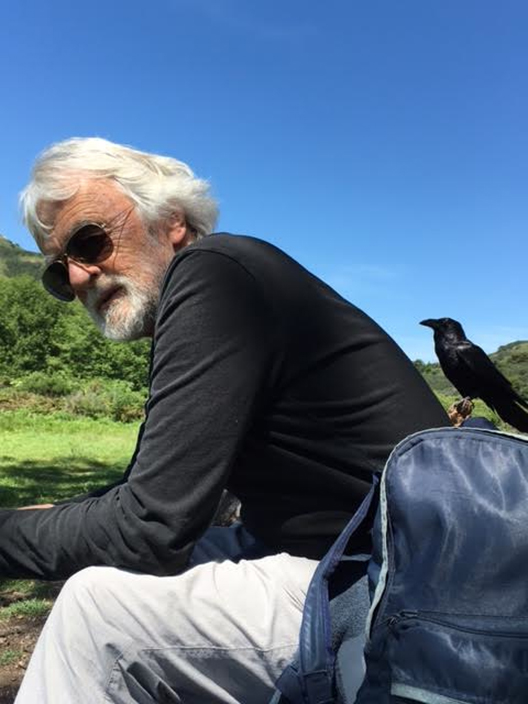Poetry at Keble
Poetry & Painting
The T J Clark Seminar at Keble
Poems about paintings have long been part of literary tradition, and many such poems go on being written. Why? What is hoped for from them? What is involved in the passage from picture to word? This seminar series looked at particular poems and paintings, ancient and modern, with such questions in mind.

Professor Timothy Clark is one of the world’s most renowned art historians. He taught for many years at the University of California, Berkeley, and is the author of several books, including The Painting of Modern Life: Paris in the Art of Manet and his Followers (1985), Farewell to an Idea: Episodes from a History of Modernism (1999), The Sight of Death: An Experiment in Art Writing (2006), Picasso and Truth: From Cubism to Guernica (2013), Heaven on Earth: Painting and the Life to Come (2018), and If These Apples Should Fall: Cézanne and the Present (2022).
The Poetry & Painting seminars took place three times a year from 2023 to 2025. There were no sign-up lists or reserved places (free entry, and all were welcome). A few weeks in advance of each seminar a handout was made available via a downloadable link which featured the poetry and painting to be discussed. At the seminar Clark introduced the material and led the discussion.
Questions explored included:
- Is this poem ‘about’ the picture it says it is about? What does ‘about’ mean in this case?
- Is it clear what, in or about the picture, provoked the poem?
- Why write a poem about a picture? Or, is writing a poem about a picture different from writing one about, say, the scene or situation that the picture is ‘of’? Does the poem we’re reading propose an answer to these questions?
- What would failure in a poem about a picture be like? And success?
- Is there a moment in the poem when you sense the resistance of the ‘visual’ or ‘pictorial’ to poetic translation producing poetry (or the opposite)?
- How many of these questions are reversible? That is, do we have strong cases of pictures that are, or claim to be, about poems?
- Does this poem, whether or not we think it successful in describing or evoking the picture it says it’s about, make a difference to our understanding of the picture? Does it alter our seeing of it?
- How much does this poet care about painting (or sculpting etc.)? Does it matter if the answer is ‘not much’? i.e. does it matter to the poetry?
- How do we approach poems that are clearly homages to painting, even to particular paintings, but seem deliberately to refuse a one-to-one (descriptive) ‘aboutness’? How indirect can a poem about a painting be before the painting disappears? Or is ‘disappearance’ necessary (to poetry)?
Handouts
➤Seminar 1: ‘Self-Portrait in a Convex Mirror’ – for the Parmigianino painting, see here.
➤Seminar 2: How is a Poem about a Painting? – for the poems, see here; and for the paintings, see here.
➤Seminar 3: ‘About Bruegel They Were Never Wrong’
➤Seminar 4: ‘Just a Smack at Auden’
➤Seminar 5: What is it Like to Look at a Painting?
➤Seminar 6: Poems About Cezanne
